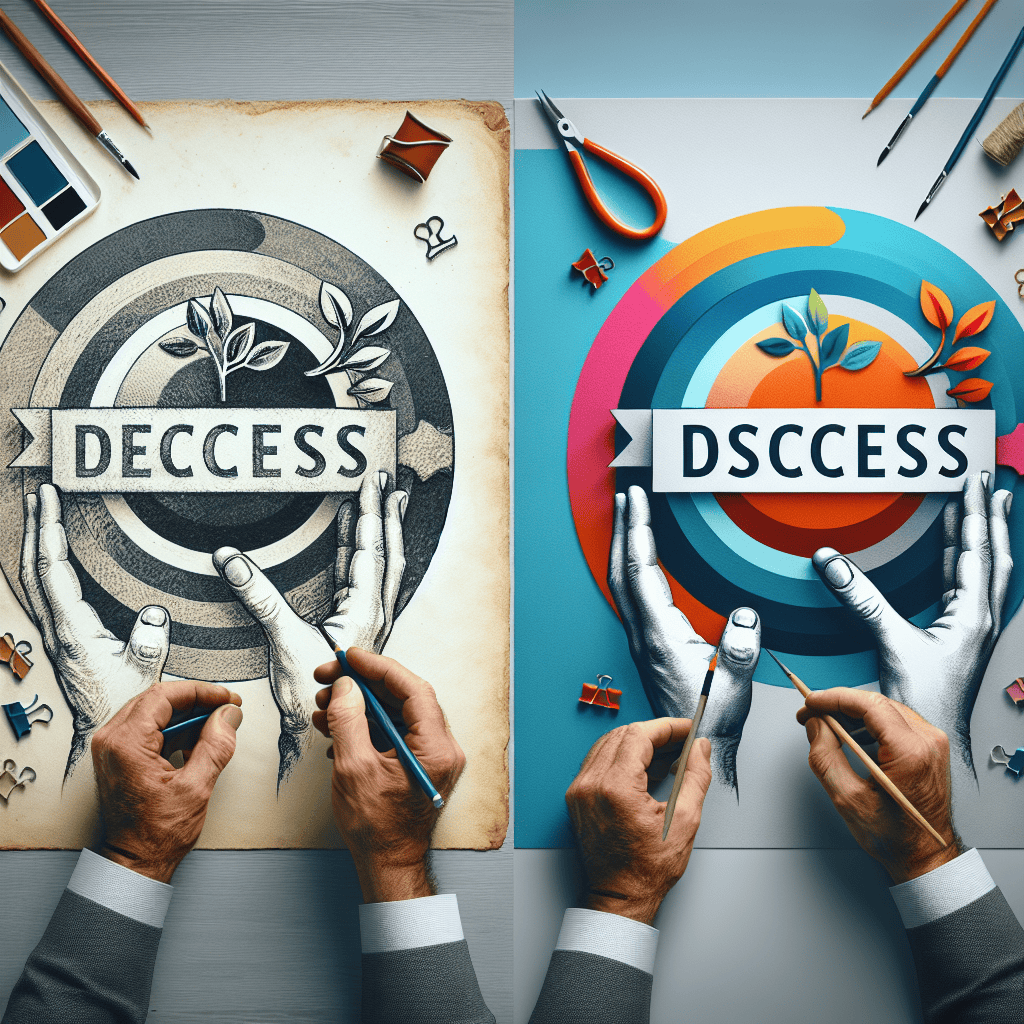Logos are a critical component of a company’s branding and identity. They are often the first thing that potential customers see, and can make a lasting impression on them. As businesses evolve and grow, it is important to periodically revisit and update their logos to ensure that they continue to effectively communicate the brand’s message and values. In this article, we will discuss some tips for a successful logo redesign that can help your company stand out and stay relevant in today’s competitive market.
1. Understand the purpose of the redesign
Before embarking on a logo redesign project, it is important to clearly identify the goals and objectives that you hope to achieve with the new design. Are you looking to update your logo to reflect a change in your company’s mission or values? Do you want to target a new demographic or market segment? By understanding the purpose of the redesign, you can create a more focused and effective design brief that will guide the rest of the process.
2. Research your competition
Take a look at what your competitors are doing with their logos. Are there any trends or styles that seem to be working well in your industry? While it is important to differentiate yourself from your competitors, it can also be helpful to understand what is resonating with consumers and to incorporate some of those elements into your own redesign. This can help you create a logo that feels fresh and modern, while still being relevant to your target audience.
3. Keep it simple
One of the most important principles of logo design is to keep things simple. A clean, uncluttered design is more likely to be memorable and recognizable than a busy or complicated one. Remember, your logo will often be viewed at a small size, so it is important that it can be quickly and easily understood at a glance. Try to focus on one or two key elements that encapsulate the essence of your brand, and eliminate any unnecessary details that can detract from the overall impact of the design.
4. Choose the right colors and fonts
Colors and fonts play a crucial role in creating a strong and effective logo. When choosing colors, think about the emotions and feelings that you want to evoke in your audience. Different colors can have different psychological effects, so it is important to select a color palette that is in line with your brand’s personality and values. Similarly, fonts can convey a lot of information about your brand, so it is important to choose a font that is legible, versatile, and reflective of your brand’s tone and voice.
5. Test your design
Before finalizing your logo redesign, it is important to test it on a variety of platforms and contexts to ensure that it is working as intended. This can include testing it at different sizes, on different backgrounds, and in black and white. You can also gather feedback from a focus group or survey to see how your target audience responds to the new design. By testing your logo in this way, you can identify any potential issues or areas for improvement before it is officially launched.
Conclusion
Designing a successful logo redesign requires careful planning, research, and execution. By understanding the purpose of the redesign, researching your competition, keeping it simple, choosing the right colors and fonts, and testing your design, you can create a logo that effectively communicates your brand’s message and resonates with your target audience. Remember, a well-designed logo can help your company stand out from the competition and establish a strong and memorable brand identity that will resonate with consumers for years to come.
Need Professional Logo Design? View our Logo Design Service
Discover all our Digital Marketing Services
Complimentary Logo Design Strategy Call




0 Comments